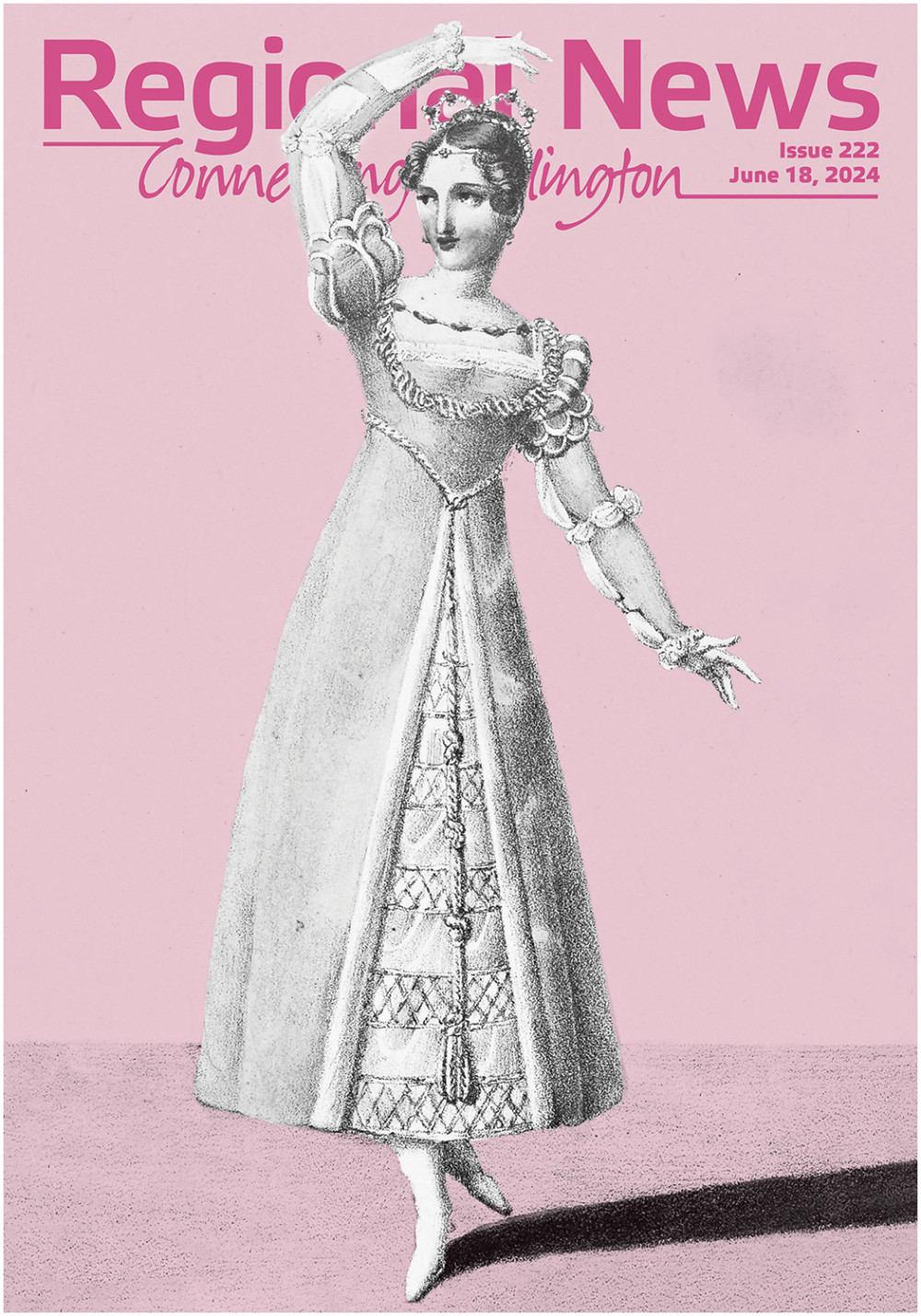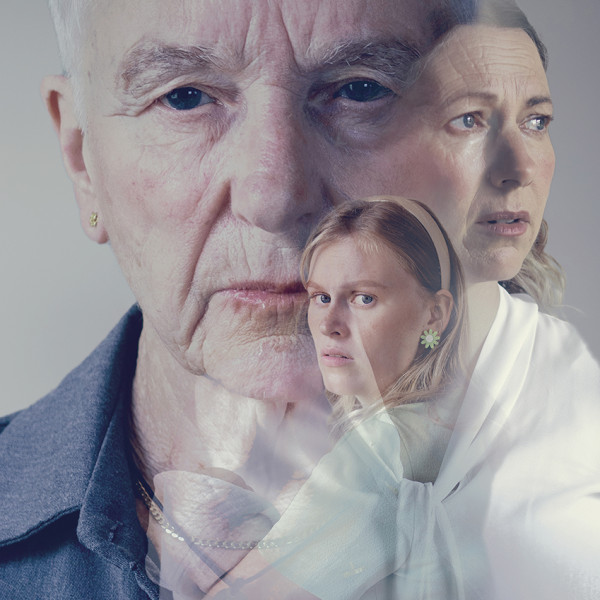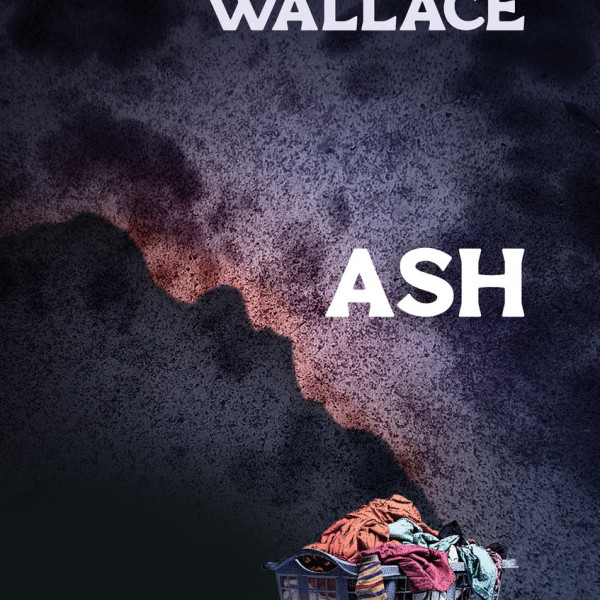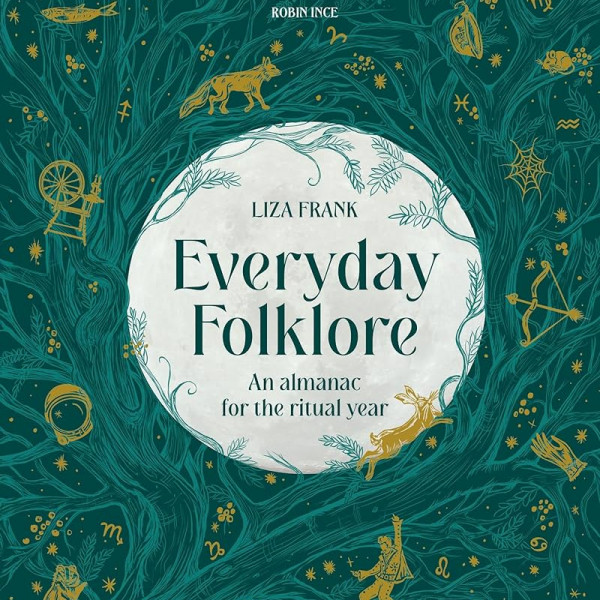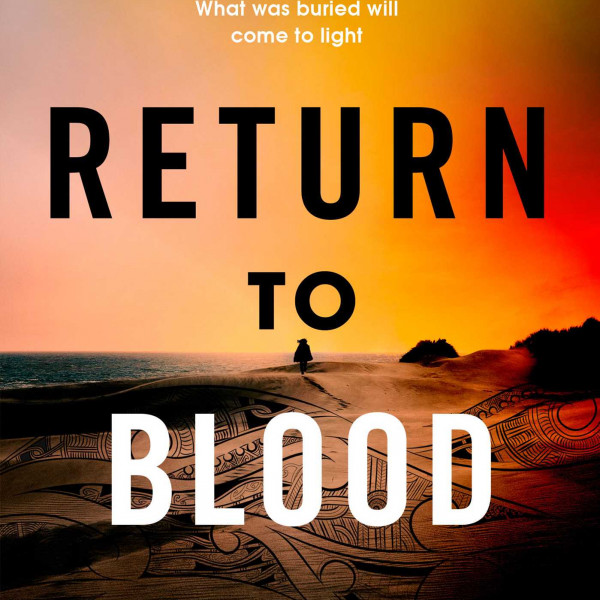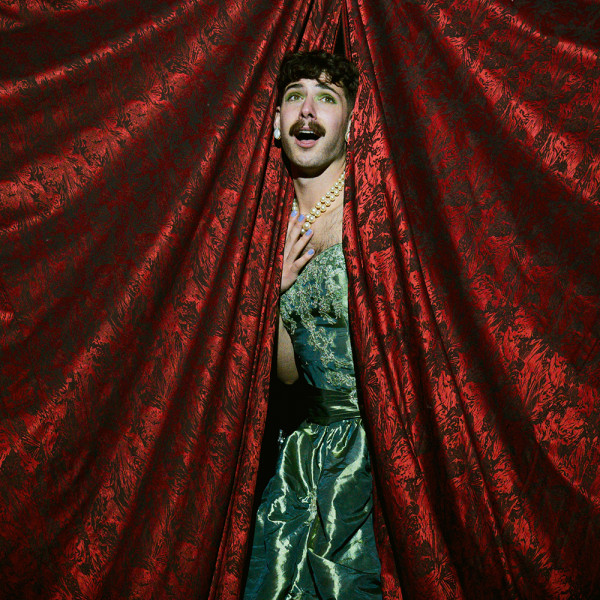
FWB: Friends with Boundaries
Written by: Regan Taylor and Leona Revell
Directed by: Lizzie Tollemache
BATS Theatre, 11th Jun 2024
Reviewed by: Madelaine Empson
Leona Revell is an improv legend from Palmerston North. Regan Taylor is one of The Māori Sidesteps who, surprisingly, has never been on Shortland Street. The newly single 40-somethings had never met… until they swiped right on each other. Before their first date, though, they each accumulated some truly heinous dating stories thanks to the infamous platform that is Tinder.
In FWB: Friends with Boundaries, Revell and Taylor share these encounters in extreme, explicit, exquisite detail. There’s the usual: fake profiles, men proudly displaying the deer they’ve slaughtered, unsolicited pics, and the like. Then there’s the specific, like Lycra-clad cyclists who finish the race in record time, and men with little to no understanding of a woman’s anatomy. No, nothing is “geometric” down there.
And then there’s the deeply personal. In contrast with the rest of the wild romps recounted, Revell and Taylor provide honest and brave glimpses into their past relationships and trauma. The script is perfectly devised – no doubt with support from director and dramaturg Lizzie Tollemache – to incorporate these stories at just the right moments, providing pathos, then comic relief when it is needed most. A more muted, gentler delivery of these vulnerable moments of direct address would imbue FWB with even more emotional resonance.
However, the heightened performance style is hysterically funny when the gifted actors, who sizzle with chemistry on stage, physically reenact their past encounters. With a glint in his eye and an innate sense of comic timing, Taylor gets some of the biggest laughs of the night just from throwaway, unassuming lines thanks to his chef’s-kiss delivery. Revell’s improv background shines through in her charisma and confidence on stage.
Stellar production design decisions made by the ensemble include the use of two suspended frames behind which the performers enact outrageous Tinder profiles, plus a banging playlist featuring a lot of Spice Girls (hallelujah), adding yet more thrill to this rowdy roller coaster ride. Put it all together and you have a production that is at once hilarious and heartfelt, titillating and tender.



